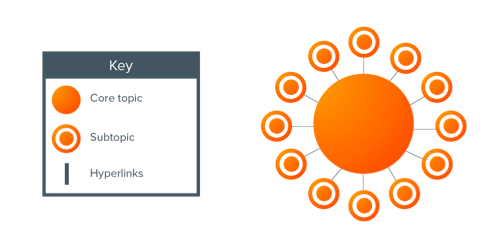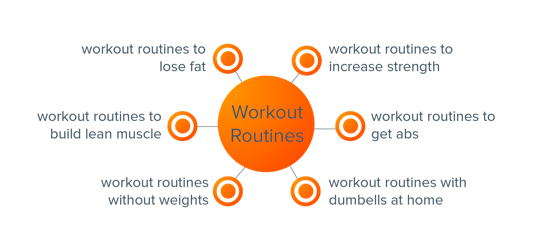As we discussed previously in our post about search and SEO, content marketing is changing bigly. From keywords to snippets to geo-search to voice search, things are afoot.
So what's your content strategy for 2017 and beyond?
Considering the advancements in the ways that both the search engines are evolving and the way that searchers are communicating with them, there needs to be a shift in the way we align our content strategies -- especially if organic search is a channel you’re focused on.
4 Things You Don't Know About SEO
One way we approach this as a marketing company is to look at visibility across a topic, as opposed to a specific keyword. Through building content within topic clusters, you're able to capture a large amount of search traffic across an ever-increasing pool of relevant keywords/phrases, as well as creating a strong affinity of a topic against a brand.
What is a Topic Cluster?
The basic premise behind building a content program in topic clusters is to enable a deeper coverage across a range of core topic areas, while creating an efficient information architecture in the process.
That sounds more complex than it is in reality.
What I’m saying here is that through aligning sets of webpages into topic clusters, you can manage the internal linking between each more efficiently and also provide a better user experience for visitors.

Building a solid information architecture is incredibly important for ranking well in organic search across a broad topic area. Creating hyper-focused clusters of content geared around a specific topic will not only help solve for that, but it’ll enable you to keep focused on creating content that your buyer persona actually cares about.
The typical way to structure a topic cluster of content is with one larger piece of content that focuses around broadly covering the core topic, otherwise known as pillar content. Linking into the pillar content is a range of content that covers individual, more specific subtopics, otherwise known as cluster content. The cluster content will link back to the core pillar and often in between other cluster content within the same topic.
Here's another way to visualize it:

In the above example, the core topic is “workout routines.” Each of the surrounding subtopics focuses on a more specific branch of the core topic, for example, “workout routines to build lean muscle”.
The role of the pillar content is to cover the core topic broadly and also perform well at converting visitors into leads (or whatever your conversion goal is). The cluster content that is built for each of the subtopics will focus on gaining greater topic visibility and funneling traffic through to the pillar content in order for them to convert.
The beauty of this model is that you can spend a lot more time optimizing your pillar content for conversions and your cluster content for traffic. This saves a lot of time on the traditional model of optimizing each individual post. It also makes it easier for you to give a positive user experience while sending a bunch of positive signals to the search engines.
More time and resources are often spent on pillar content than on the supporting cluster content. Due to the fact that they’re all interlinked, all of the content within any given topic cluster will receive a boost when one page performs well.
We'd like to hear about your marketing challenges.






